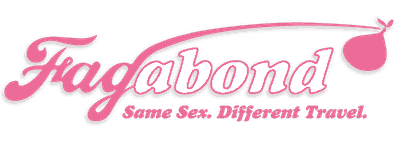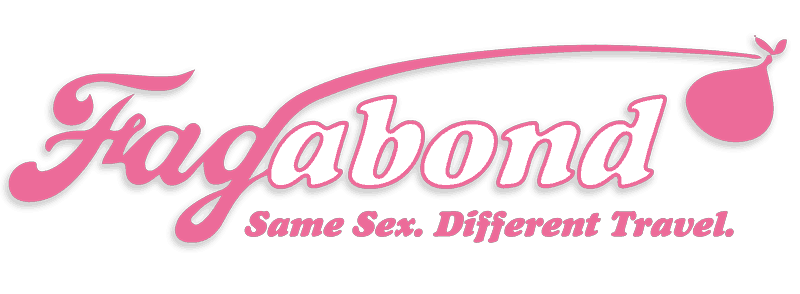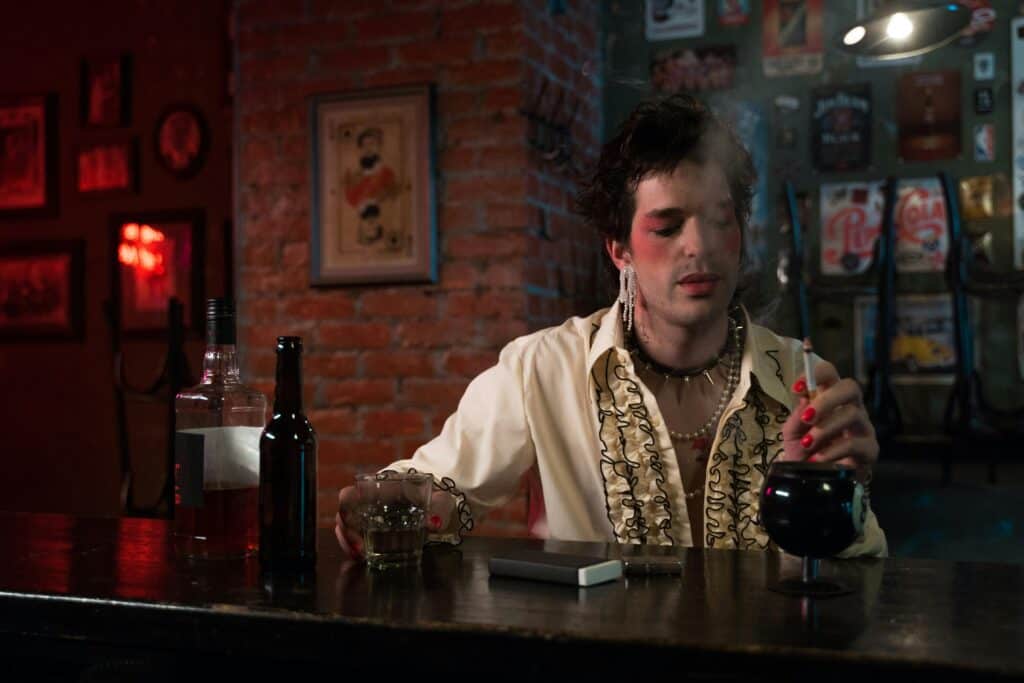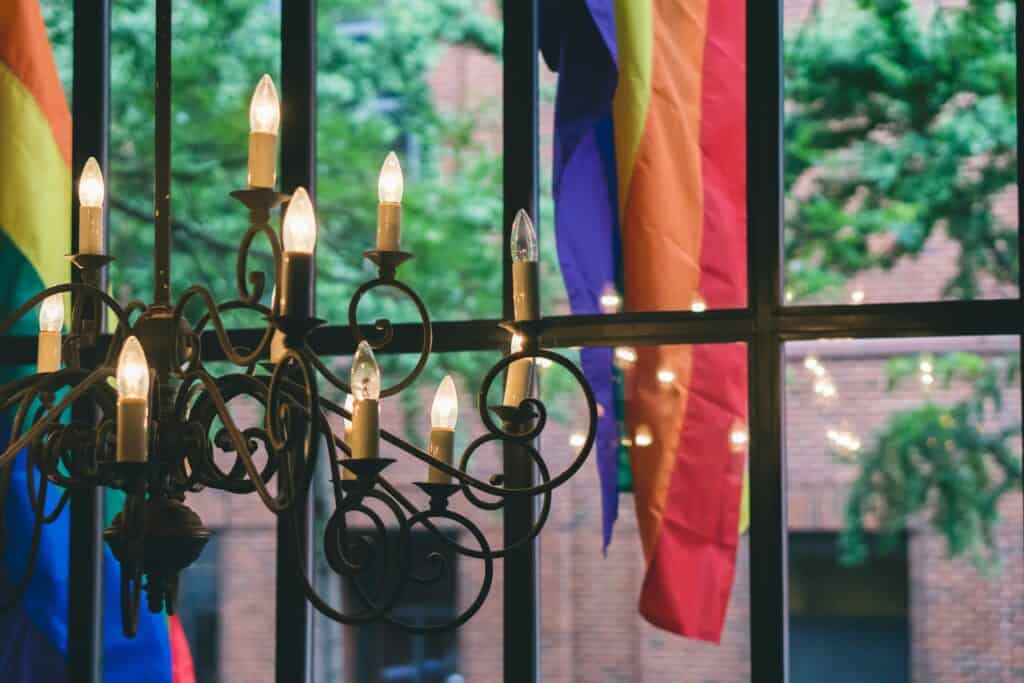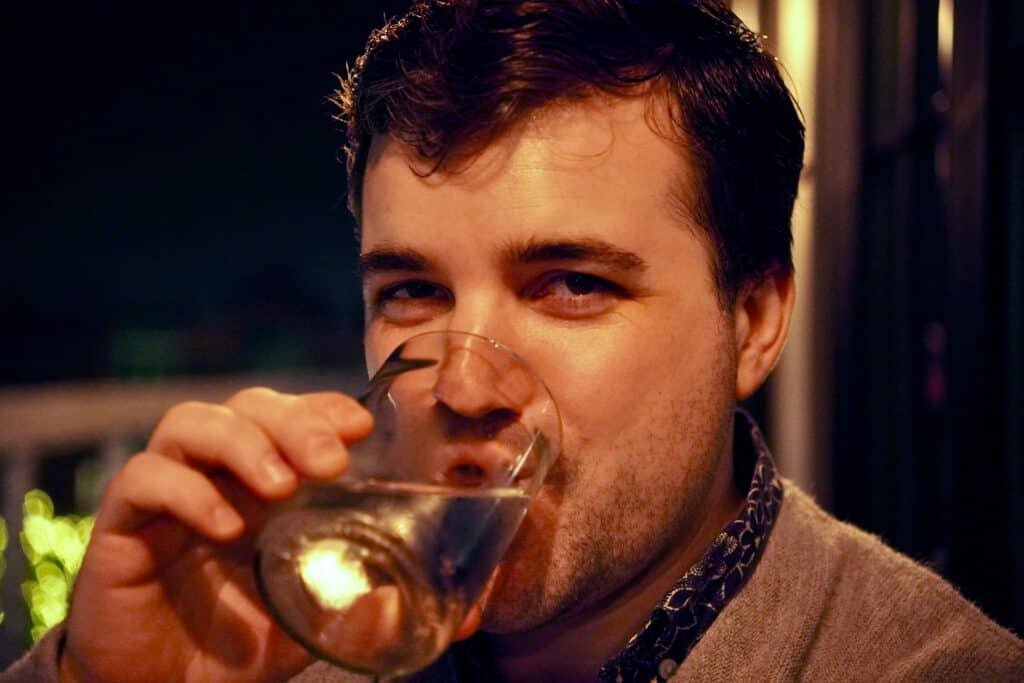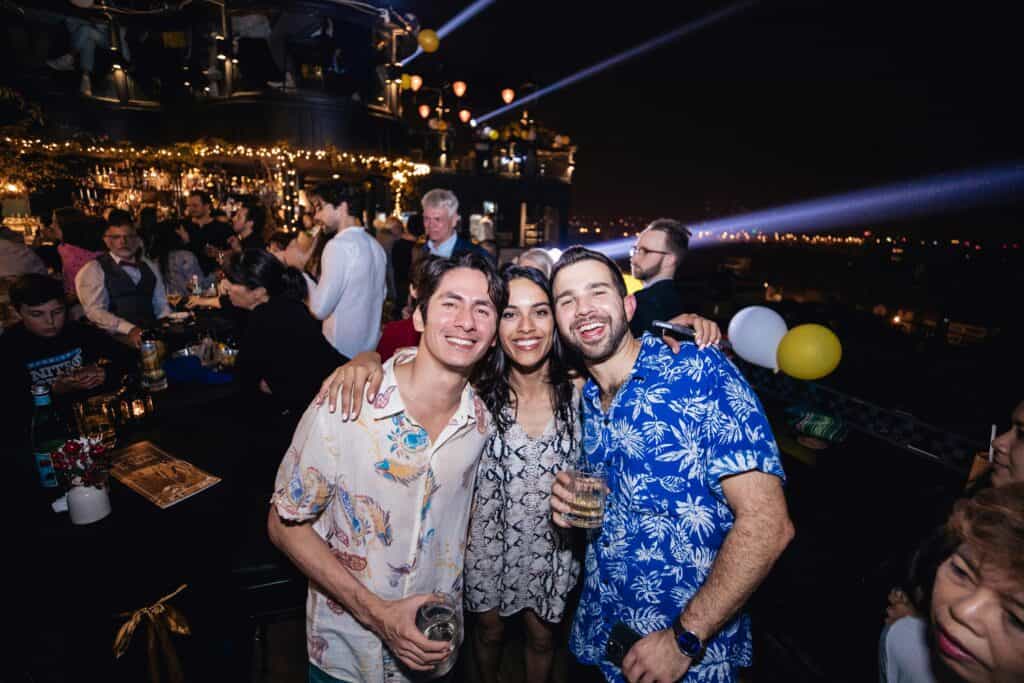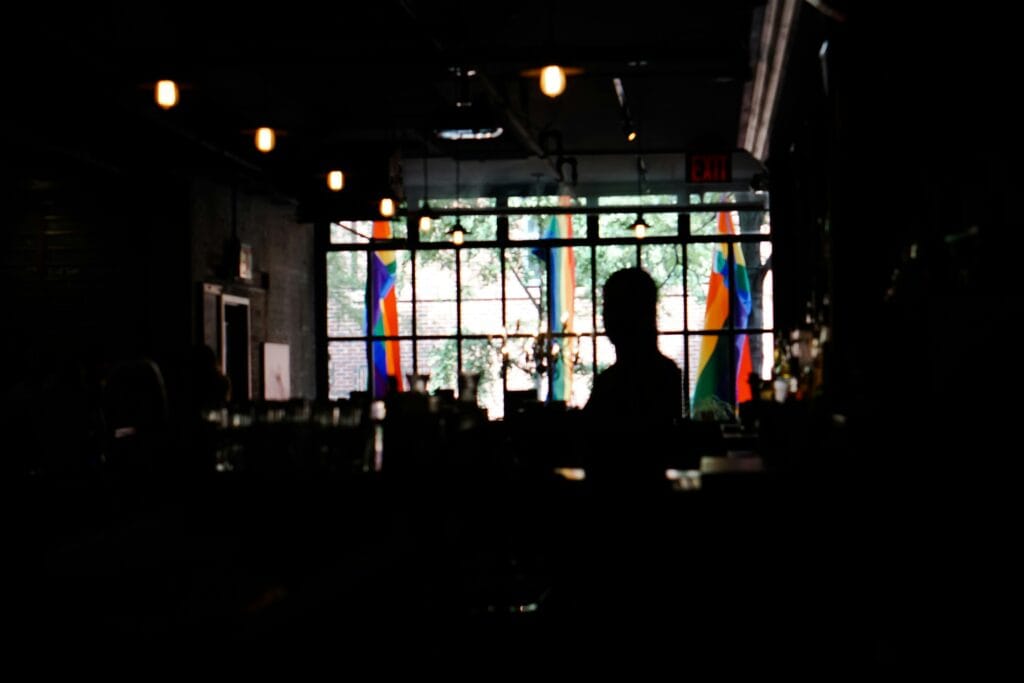A Road Trip to History
Enter Greggor Mattson, the sociology guru from Oberlin College. He clocked in a whopping 10,000 miles, visiting 300 LGBTQ+ bars across 39 states. Why? To unravel why these spaces are vanishing. Spoiler alert—it’s not all doom and gloom. Instead, it’s a tale of evolution and hope.
Cheers to the Past
LGBTQ+ bars have been the unsung heroes in the U.S for years. They weren’t just places to grab a drink. In times when being openly queer was risky business, these bars were havens. LGBTQ+ bars history is deeply intertwined with the fight for civil rights, from clandestine meetings to full-blown protests. Here, whispers of revolution turned into roars that echoed the fight for civil rights. Think of them as the revolution’s comfy corner booths.
Back in the ’50s and ’60s, daring bar owners took on the law, ensuring they could serve LGBTQ+ patrons openly. Despite their wins, peace wasn’t guaranteed. Police raids were as common as Saturday night karaoke. But these spaces became the backdrop for some epic battles, like the legendary Stonewall uprising of 1969. Patrons, fed up with discrimination, stood their ground, sparking the flame for the modern gay rights movement.
The Rise and Fall of Spaces
Mattson’s adventure was triggered by the closure of his favorite Cleveland bar. Using the Damron Guide—a pre-Yelp bible of LGBTQ+-friendly spots—he noticed a worrying trend. From 2002 to 2023, the number of LGBTQ+ bars in the U.S. nosedived by 45%. Ouch! But wait—there’s nuance here.
Some cities saw a rise in new bars, while others maintained the status quo. It’s the smaller towns that bore the brunt. Men’s kink bars and those for queer people of color were hit the hardest. The culprits? Economic woes, social shifts, and, of course, the COVID-19 pandemic. Yet, amidst closures, there’s a flicker of hope in the resurgence of lesbian bars.
A Nostalgic Comeback
Despite reports to the contrary, lesbian bars are making a comeback. Thanks to initiatives like the Lesbian Bar Project and a surge of nostalgia, these spaces are reclaiming their places in the night. This isn’t a golden era resurgence, but it’s a silver lining for sure.
The New Bar Scene
For those bars that survived and for new establishments, there’s a dual dilemma—financial viability and community needs. In areas with fewer options, some bars play the role of a one-stop-shop. In major cities, bars cater to niche segments, becoming havens for diverse identities.
It’s not all smooth sailing. Nostalgia for the “good old days” sometimes clashes with the need to evolve. Patrons longing for simpler times may resist change, even as bars strive to be more inclusive.
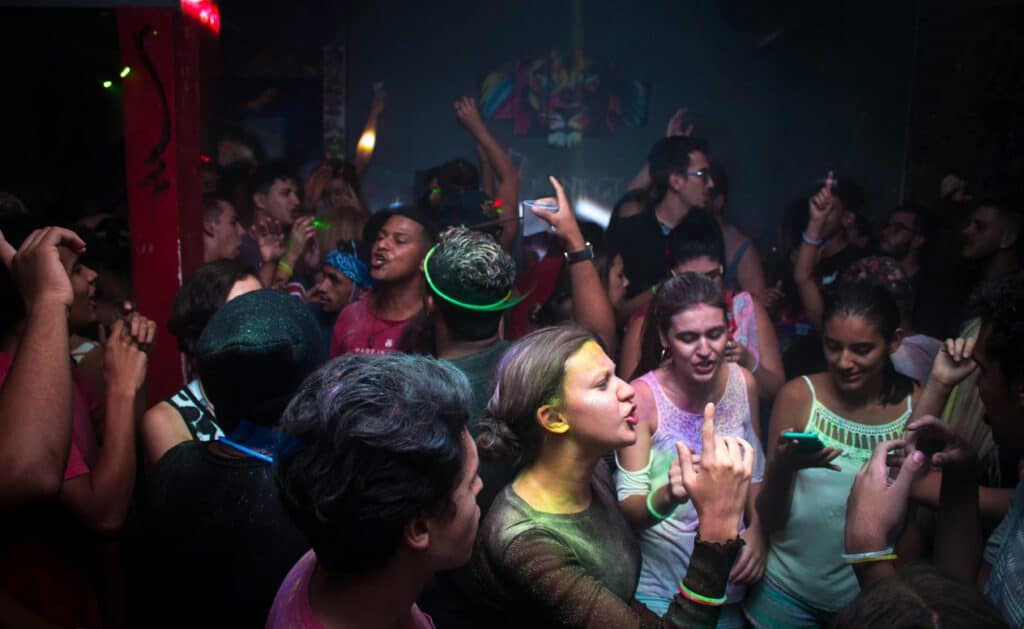
Beyond the Bar
Today, LGBTQ+ bars are losing their monopoly as the sole gathering places for queer folks. But that’s not a bad thing. Community centers, cafes, bookstores, and sober spaces are cropping up, thanks to a new wave of establishments across the U.S.
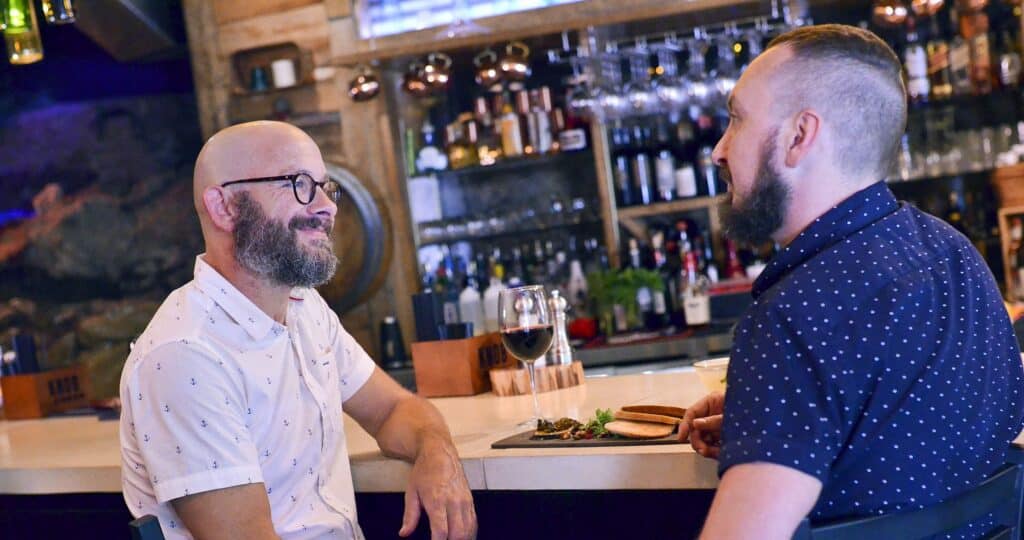
Imagining a New World
It’s not about losing spaces but gaining dimensions. With transphobia still rearing its ugly head, these bars remain vital. LGBTQ+ bars history reminds us that these spaces have always been about more than just nightlife—they are about survival and solidarity. They’re lively, responsive, and accountable to their communities. They might not guarantee safety, but they offer sanctuary.
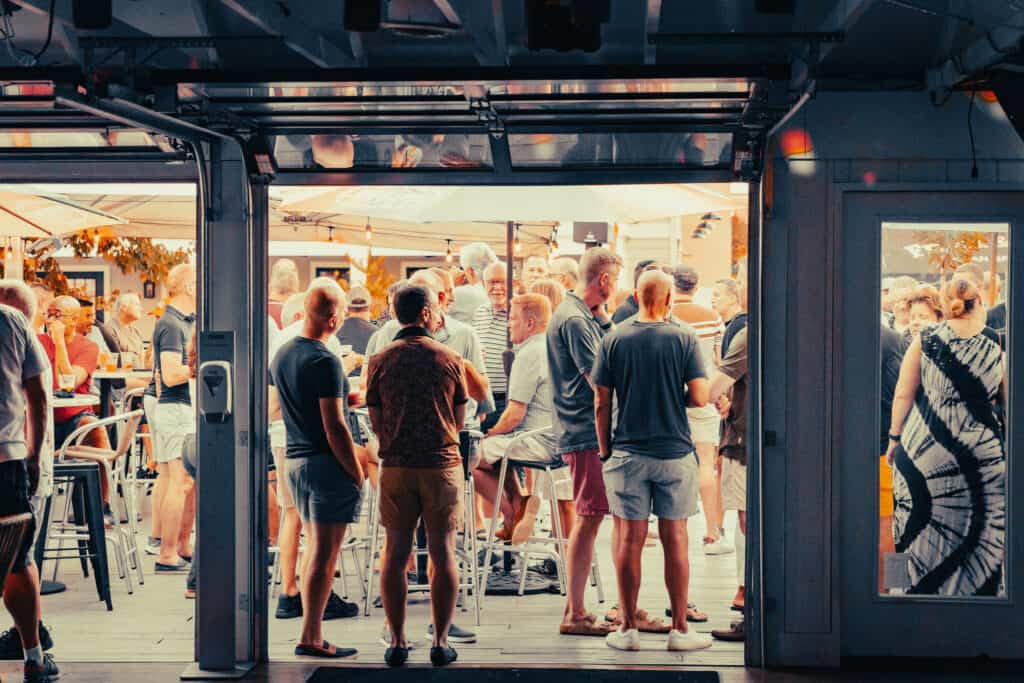
Our Places, Our Pride
In the end, it’s about balance. A world where LGBTQ+ spaces thrive is one where we can have places of our own while dreaming of a future where we don’t need them.
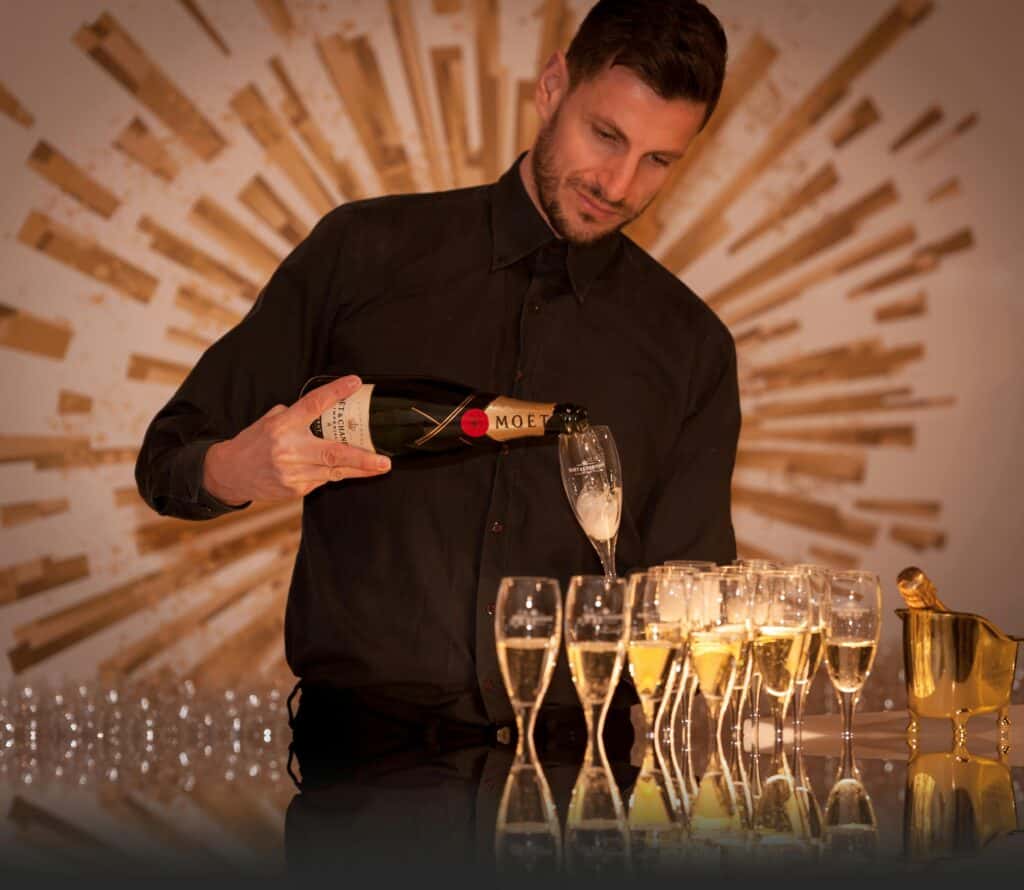
Takeaways
The evolution of LGBTQ+ bars is a testament to the community’s resilience and creativity. While these bars are not the only places of congregation anymore, they remain a crucial part of the fabric that binds the LGBTQ+ community together. With our gay city guides, you can explore gay bars in America’s gayest cities and experience vibrant nightlife firsthand. They are evolving, just like society, to imagine a new world where every identity feels seen, heard, and, most importantly, celebrated.
This article was originally written by Eliza Siegel and published on Stacker.com. It has been edited by the fagabond team for fagabond.com.
